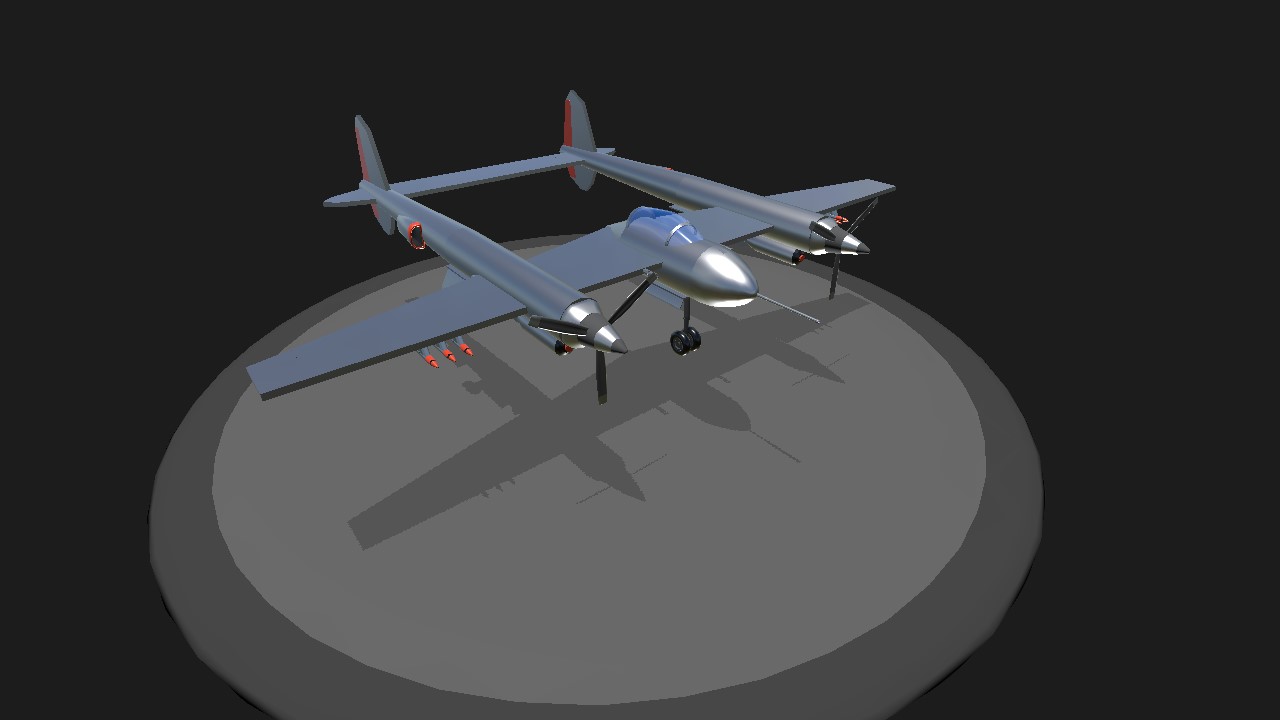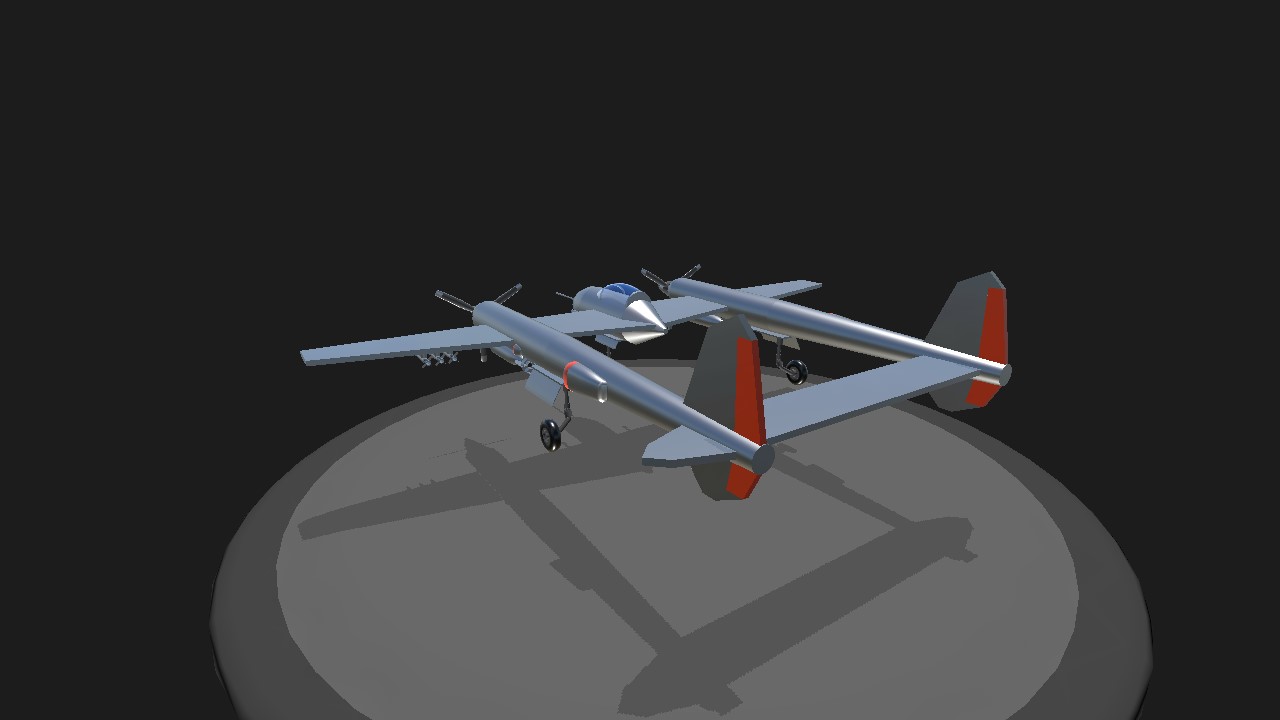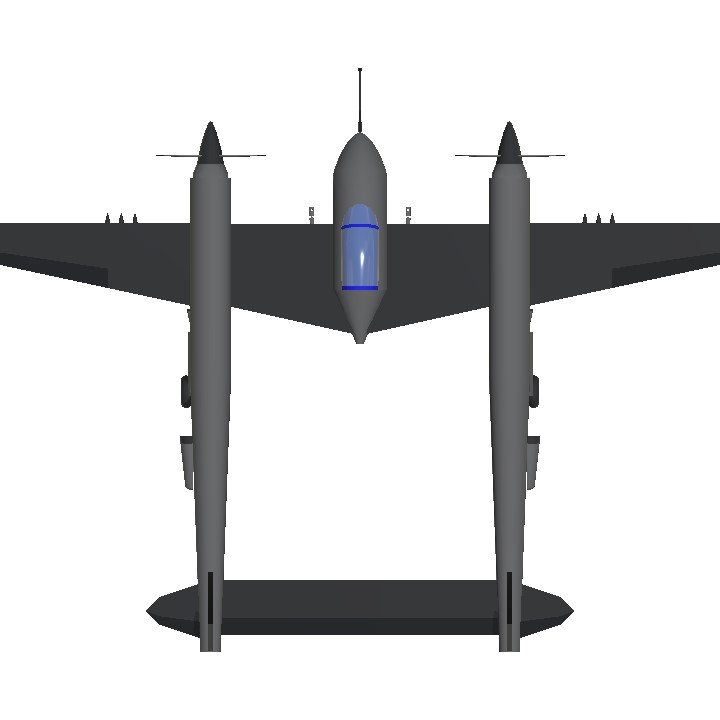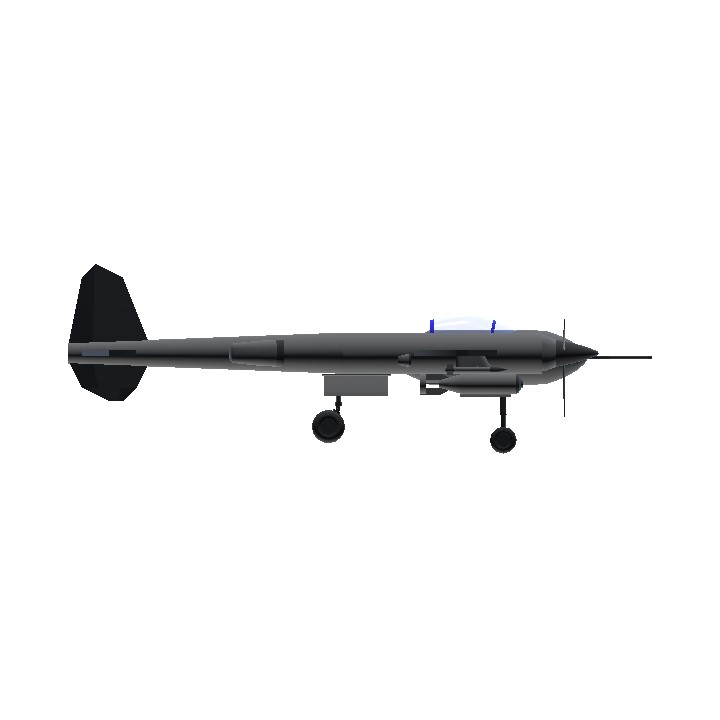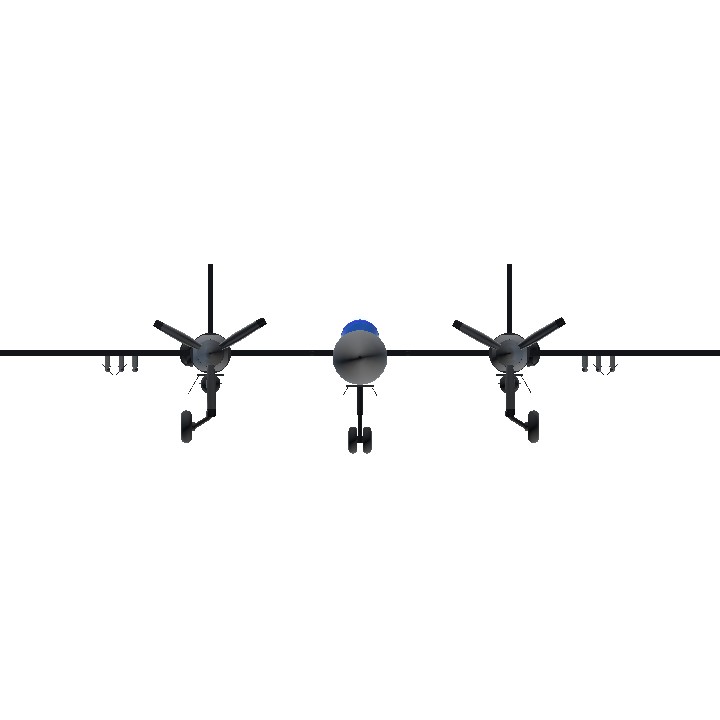In 1937, a technical specification was developed for the creation of a twin-engine interceptor, with requirements for armament, speed, and climb rate that significantly exceeded all serial aircraft of that time. The aircraft project X-608 developed by Lockheed Corporation appealed to the American military, and in June 1937, they ordered the construction of a prototype, the XP-38, which first took to the air on January 27, 1939. Although this prototype was later lost in a crash, it managed to set a speed record, resulting in the military ordering 13 pre-production YP-38 aircraft, which were delivered from September 1940 to June 1941. Twelve aircraft were designated for flight testing, and one for static testing; they did not take part in combat operations. Despite some issues with flutter, the aircraft satisfied the military, and after modifications, it was officially adopted into service in September 1941 as the P-38 Lightning.
The YP-38, also known as the YP-38 Lightning, was an American interceptor fighter used during World War II. It had the following armament:
Firing Armament:
- Two 20mm Hispano M2 cannons located in the central fuselage.
- Four .50 caliber (12.7mm) Browning M2 machine guns positioned in the nose.
Bombs:
- It could carry up to 1,000 pounds (approximately 450 kg) of bombs, including various types: incendiary, explosive, and others.
Rocket Armament:
- Some modifications of the YP-38 could be equipped with unguided rockets.
Thus, the YP-38 was a powerful and versatile fighter capable of conducting both aerial and ground combat operations.
Specifications
General Characteristics
- Created On Android
- Wingspan 43.0ft (13.1m)
- Length 34.9ft (10.6m)
- Height 11.2ft (3.4m)
- Empty Weight 6,032lbs (2,736kg)
- Loaded Weight 7,472lbs (3,389kg)
Performance
- Horse Power/Weight Ratio 0.133
- Wing Loading 25.9lbs/ft2 (126.4kg/m2)
- Wing Area 288.6ft2 (26.8m2)
- Drag Points 3610
Parts
- Number of Parts 52
- Control Surfaces 15
- Performance Cost 376

